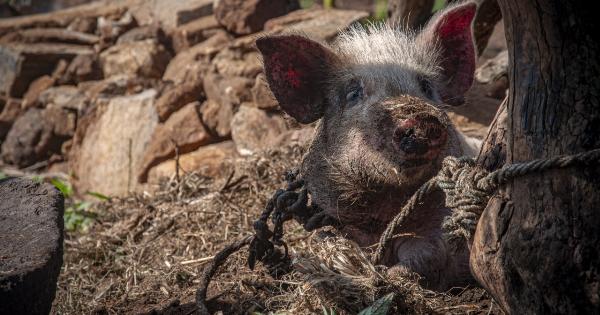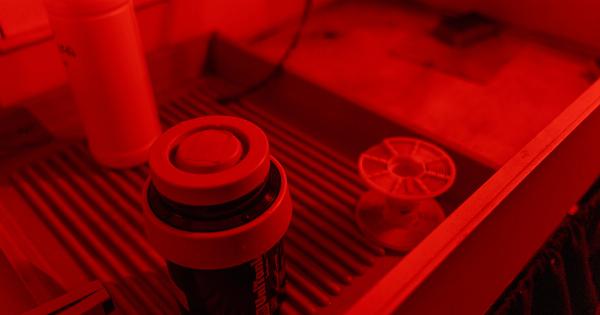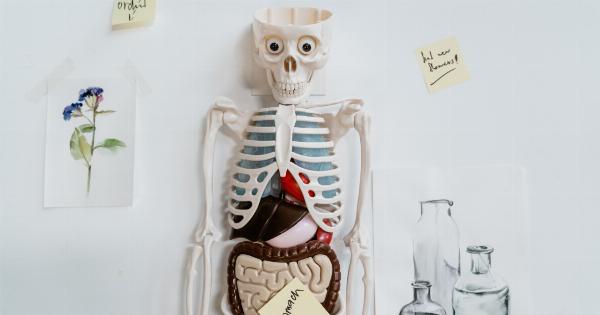On June 18, 2021, a groundbreaking medical feat was accomplished- a genetically modified pig’s heart was transplanted into a human. This historic surgery is a major milestone in human-to-animal organ transplants.
The operation was performed at the University of Maryland Medical Center, Baltimore, by Dr. Bartley Griffith and his team of medical professionals. This surgery has opened doors to new opportunities in the field of organ transplantation, which can drastically improve the global organ donation crisis.
Background
Organ transplantation has been around for decades and has proved to be an effective solution for patients fighting for their lives. However, the number of donations falls short of the increasing need, and many patients die awaiting transplants.
The major hurdle is the lack of available organs, and the current process of organ donation from deceased donors is complex and often unsuccessful. Hence, researchers have been looking for alternative solutions, such as xenotransplantation – the transfer of organs from animals into humans.
The use of pig organs is not entirely new, and scientists have been working on it for decades. Pigs are considered the most suitable option because their organs are similar in size and function to human organs.
However, this method of transfer has faced many issues, such as rejection due to immune incompatibility and unsolved viral infections.
Recently, with advancements in genetic engineering, scientists have started experimenting with genetically modified pigs, which would resolve the previously mentioned issues.
These genetically engineered pigs have undergone certain modifications to alter their DNA, which can make their organs more compatible with human bodies compared to the organs of normal pigs.
The Hunt for a suitable candidate
The doctors at University of Maryland Medical Center were exploring new ways to save the life of David Bennett, a 57-year-old American retired aviator, whose heart was rapidly failing.
He was diagnosed with end-stage heart failure and was in urgent need of a heart transplant to live. Bennett had been on the waitlist for more than a year, but his wait was becoming more critical, and he needed a transplant as soon as possible. Dr.
Bartley Griffith, director of the heart and lung transplantation program, decided to try the experimental surgery of transplanting a pig’s heart into Bennett’s body, hoping for it to be a successful attempt.
The Surgery and the Aftermath
On the edge of death, Bennett agreed to undergo the risky procedure, having no other options left to save his life.
The surgery lasted for about six hours, which took place in a specialized building regularly used for research on animal-to-human organ transplantation. The pig’s heart was transferred into Bennett’s chest, with ten sutures securing it in place. After the surgery was completed, Bennett was taken back to the operation room.
Although Dr. Griffith’s team had precautionary antibiotics and anti-rejection drugs ready, Bennett’s body rejected the pig’s heart less than a day after the transplant.
His body’s immune system fought against the foreign object, causing the organ to stop functioning. Bennett was then placed on extracorporeal membrane oxygenation (ECMO), a procedure that takes over the function of the heart and lungs temporarily.
The team decided to continue ECMO, and after a week, they replaced the pig’s heart with a human heart from a deceased donor.
After the procedure, Bennett has shown no signs of any adverse effects, and his health has continued to improve day by day. He is now said to be recovering well and is being monitored by doctors for any complications.
Bennett expressed his gratitude to Dr. Griffith and his team for giving him a second chance at life and hopes that this breakthrough can help others in the future.
The Potential of Genetically Engineered Pigs
The successful transplant operation has given a new ray of hope to physicians and researchers who have long been struggling to tackle to global organ shortage crisis.
Although the xenotransplantation procedure comes with many ethical and safety concerns, Dr. Bartley Griffith and his team firmly believe that this method could be the answer to the problem.
Genetically engineered pigs have the potential to become a reliable source of organs in the future, and this successful surgery has shown that the concept is feasible.
We can expect to see a great deal of further experimentation with genetically modified pigs, which could ultimately lead to pig-to-human transplant procedures becoming a common alternative to human organ donors.
However, there are still many challenges that need to be overcome, such as the possibility of transmitting unknowing pathogens, the fear of tissue rejection, and ethical considerations.
Conclusion
The first-ever genetic modified pig-to-human transplant is a ground-breaking feat and is a major stepping stone in organ transplantation history. This surgery can open doors for upcoming research and advancements that can help save countless lives.
Although the surgery was unsuccessful, it has still shown great potential and will lead many to hope for a future where organ donation shortages will no longer exist.





























